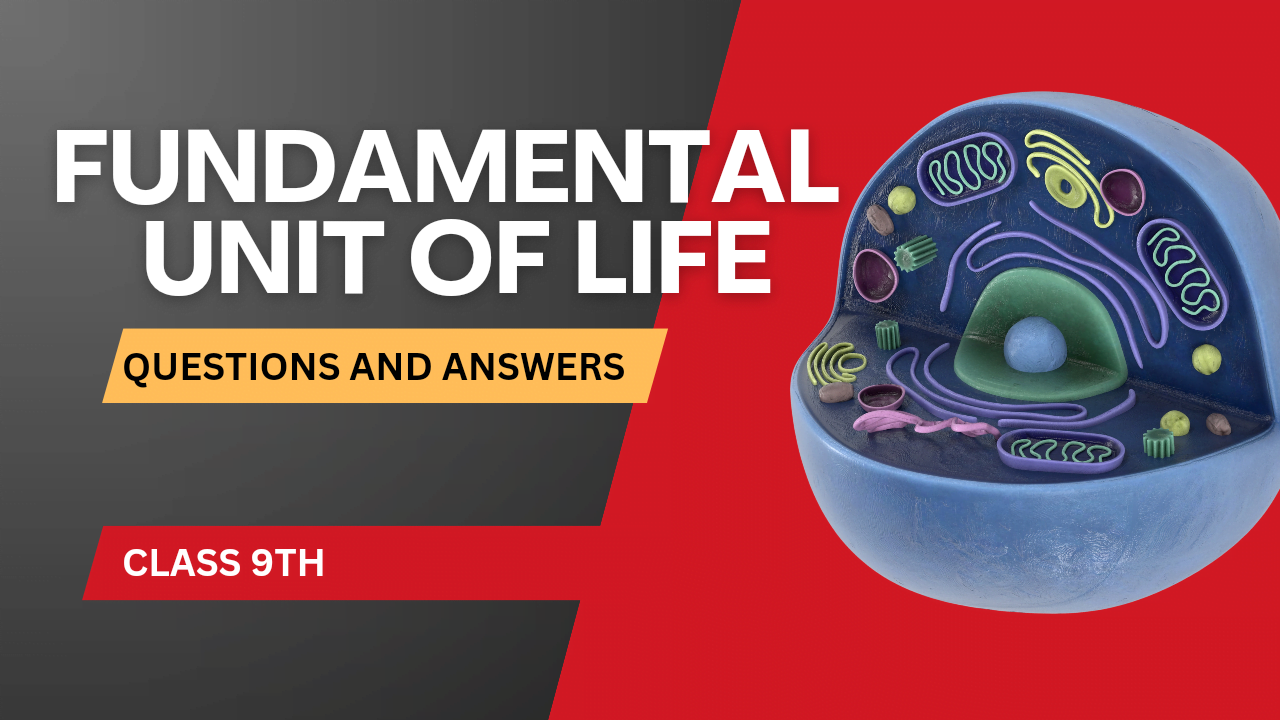
Polynomials Exercise 2.1 Solutions with Practice Question from the RD Sharma Books with Latest NCERT Syllabus Class 9th Mathematics
Exercise 2.1 Solutions
1. Identify Polynomials in One Variable
(i) \(4x^2 – 3x + 7\)
Answer: Polynomial in one variable (\(x\)).
Reason: All exponents of \(x\) are whole numbers (2, 1, 0).
(ii) \(y^2 + \sqrt{2}\)
Answer: Polynomial in one variable (\(y\)).
Reason: The exponent of \(y\) is a whole number (2), and \(\sqrt{2}\) is a constant.
(iii) \(3\sqrt{t} + t\)
Answer: Not a polynomial.
Reason: The term \(3\sqrt{t} = 3t^{\frac{1}{2}}\) has a fractional exponent.
(iv) \(y + \frac{2}{y}\)
Answer: Not a polynomial.
Reason: The term \(\frac{2}{y} = 2y^{-1}\) has a negative exponent.
(v) \(x^{10} + y^3 + t^{50}\)
Answer: Not a polynomial in one variable.
Reason: It contains three variables (\(x\), \(y\), \(t\)).
2. Coefficients of \(x^2\)
(i) \(2 + x^2 + x\)
Answer: Coefficient of \(x^2\) is \(1\).
(ii) \(2 – x^2 + x^3\)
Answer: Coefficient of \(x^2\) is \(-1\).
(iii) \(\frac{\pi}{2}x^2 + x\)
Answer: Coefficient of \(x^2\) is \(\frac{\pi}{2}\).
(iv) \(\sqrt{2}x – 1\)
Answer: Coefficient of \(x^2\) is \(0\) (since \(x^2\) is absent).
3. Examples of Binomial and Monomial
Binomial of Degree 35:
\(x^{35} + 5\)
Monomial of Degree 100:
\(7y^{100}\)
4. Degrees of Polynomials
(i) \(5x^3 + 4x^2 + 7x\)
Degree: 3 (highest power of \(x\)).
(ii) \(4 – y^2\)
Degree: 2 (highest power of \(y\)).
(iii) \(5t – \sqrt{7}\)
Degree: 1 (highest power of \(t\)).
(iv) \(3\)
Degree: 0 (constant polynomial).
5. Classify Polynomials
(i) \(x^2 + x\)
Classification: Quadratic (degree 2).
(ii) \(x – x^3\)
Classification: Cubic (degree 3).
(iii) \(y + y^2 + 4\)
Classification: Quadratic (degree 2).
(iv) \(1 + x\)
Classification: Linear (degree 1).
(v) \(3t\)
Classification: Linear (degree 1).
(vi) \(r^2\)
Classification: Quadratic (degree 2).
(vii) \(7x^3\)
Classification: Cubic (degree 3).
Key Concepts
- Polynomial: An expression with non-negative integer exponents.
- Degree: Highest power of the variable.
- Types: Linear (degree 1), Quadratic (degree 2), Cubic (degree 3).
Practice Problems
1. Is \(x^3 + 2x + 1\) a polynomial? Justify.
Solution: Yes, it is a polynomial because all exponents of \(x\) are whole numbers.
Class 9 Mathematics: Polynomials
Practice Questions (RD Sharma)
1. Find the degree of the polynomial \(4x^3 – 5x^2 + 7x – 8\).
Solution: The degree is the highest power of \(x\), which is \(3\).
2. Identify whether \(x^2 + \frac{1}{x}\) is a polynomial. Justify your answer.
Solution: No, it is not a polynomial because \(\frac{1}{x} = x^{-1}\) has a negative exponent.
3. Write the coefficient of \(x^2\) in the polynomial \(3x^3 – 2x^2 + 5x – 1\).
Solution: The coefficient of \(x^2\) is \(-2\).
4. Classify the polynomial \(7x^4 – 3x^2 + 2x – 5\) based on its degree.
Solution: It is a quartic polynomial (degree 4).
5. Find the value of the polynomial \(p(x) = x^3 – 4x^2 + 5x – 2\) at \(x = 2\).
Solution:
Substitute \(x = 2\):
\[
p(2) = (2)^3 – 4(2)^2 + 5(2) – 2 = 8 – 16 + 10 – 2 = 0
\]
6. If \(p(x) = x^2 – 3x + 2\), find \(p(1) + p(-1)\).
Solution:
\[
p(1) = (1)^2 – 3(1) + 2 = 1 – 3 + 2 = 0
\]
\[
p(-1) = (-1)^2 – 3(-1) + 2 = 1 + 3 + 2 = 6
\]
\[
p(1) + p(-1) = 0 + 6 = 6
\]
7. Check whether \(x = 1\) is a zero of the polynomial \(p(x) = x^3 – 6x^2 + 11x – 6\).
Solution:
Substitute \(x = 1\):
\[
p(1) = (1)^3 – 6(1)^2 + 11(1) – 6 = 1 – 6 + 11 – 6 = 0
\]
Since \(p(1) = 0\), \(x = 1\) is a zero of the polynomial.
8. Find the remainder when \(x^3 – 3x^2 + 3x – 1\) is divided by \(x – 1\).
Solution:
Using the Remainder Theorem, substitute \(x = 1\):
\[
p(1) = (1)^3 – 3(1)^2 + 3(1) – 1 = 1 – 3 + 3 – 1 = 0
\]
The remainder is \(0\).
9. Factorize the polynomial \(x^2 – 5x + 6\).
Solution:
Find two numbers whose product is \(6\) and sum is \(-5\):
\[
x^2 – 5x + 6 = (x – 2)(x – 3)
\]
10. If \(p(x) = x^3 – 2x^2 + 3x – 4\), find \(p(0) + p(1)\).
Solution:
\[
p(0) = (0)^3 – 2(0)^2 + 3(0) – 4 = -4
\]
\[
p(1) = (1)^3 – 2(1)^2 + 3(1) – 4 = 1 – 2 + 3 – 4 = -2
\]
\[
p(0) + p(1) = -4 + (-2) = -6
\]



